The automotive industry is experiencing a profound transformation, driven by the convergence of digital technology and user-centric design. One of the most remarkable innovations in this space is the integration of Google’s ecosystem directly into large-format car infotainment displays. Recently, a new 24-Inch L-Shaped Car Touchscreen display arranged in an L-shape, paired with an intuitive joystick control system, has been introduced, promising to redefine how drivers interact with their vehicles.
This article explores the features, benefits, and implications of this cutting-edge technology, targeted at automotive enthusiasts, technology adopters, and industry professionals eager to understand the future of in-car connectivity and user experience.
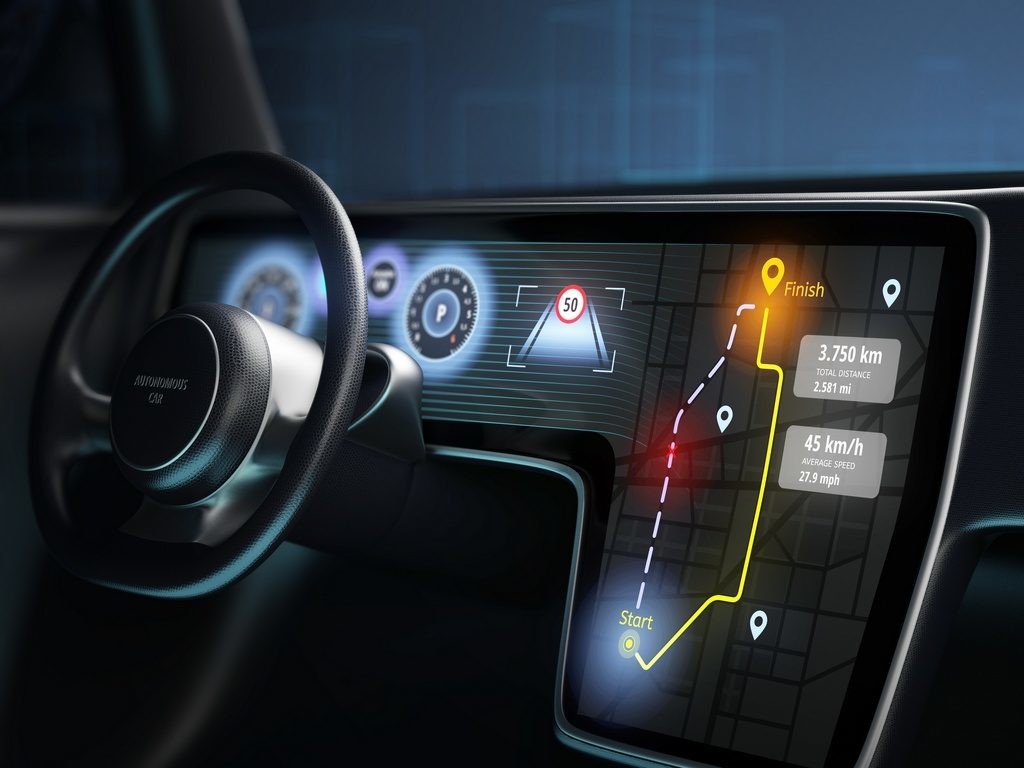
In the past decade, car infotainment systems have evolved from small, limited-functionality screens to expansive displays that rival tablets and laptops. The push for larger screens stems from the need to provide drivers with more information and control options without cluttering the dashboard with physical buttons.
The new 24-inch L-shaped touchscreen represents a leap forward in this evolution. Unlike traditional rectangular screens, this L-shaped design extends horizontally and vertically, wrapping around the driver’s cockpit area. This layout offers a natural division of information, with the vertical section typically dedicated to navigation and multimedia, and the horizontal section managing vehicle settings and climate controls.
The L-shaped design is not just about size but also about ergonomics. By positioning controls closer to the driver’s natural line of sight and reach, it minimizes the need to look away from the road or stretch awkwardly. This design aims to reduce driver distraction, a critical safety consideration.
Moreover, the screen’s high resolution and responsive touch capabilities ensure that interactions feel smooth and precise. The display’s brightness and anti-glare properties make it usable in various lighting conditions, from bright sunlight to nighttime driving.
While touchscreens offer flexibility, they can sometimes require drivers to take their eyes off the road to find the right icon or menu. To address this, the new system incorporates a joystick control, allowing users to navigate menus and select options without reaching out or looking directly at the screen.
The joystick offers tactile feedback, enabling muscle memory to guide interactions. This hybrid control system balances the benefits of touch input with the safety and ease of physical controls, enhancing overall usability.
The joystick supports multiple gestures, including directional movement, clicks, and long presses. It can be customized to perform specific functions, such as switching between apps, adjusting volume, or activating voice commands. This flexibility allows drivers to tailor the interface to their preferences, improving comfort and efficiency.
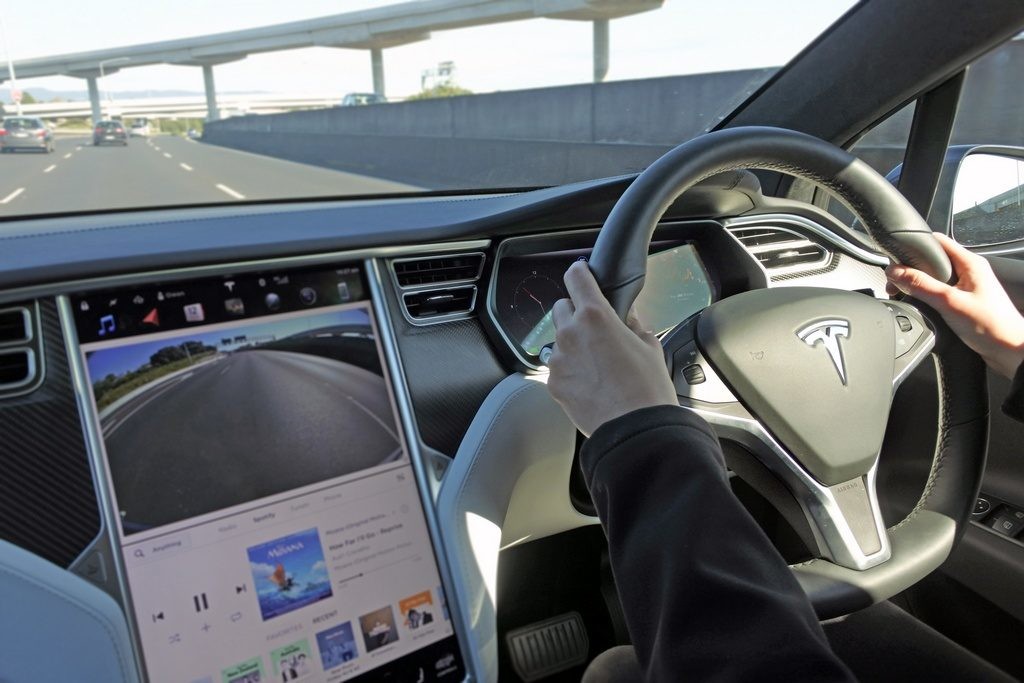
One of the most transformative aspects of this new infotainment system is its deep integration with Google’s ecosystem. Drivers gain direct access to Google Maps, Google Assistant, Google Play Store, and other Google services, all embedded within the vehicle’s interface.
The system’s cloud connectivity ensures that software and map data are always up to date. Over-the-air (OTA) updates deliver new features, security patches, and performance improvements without requiring a visit to the dealership.
This dynamic update capability means the infotainment system evolves over time, adapting to new technologies and user needs, thereby extending the vehicle’s technological relevance.
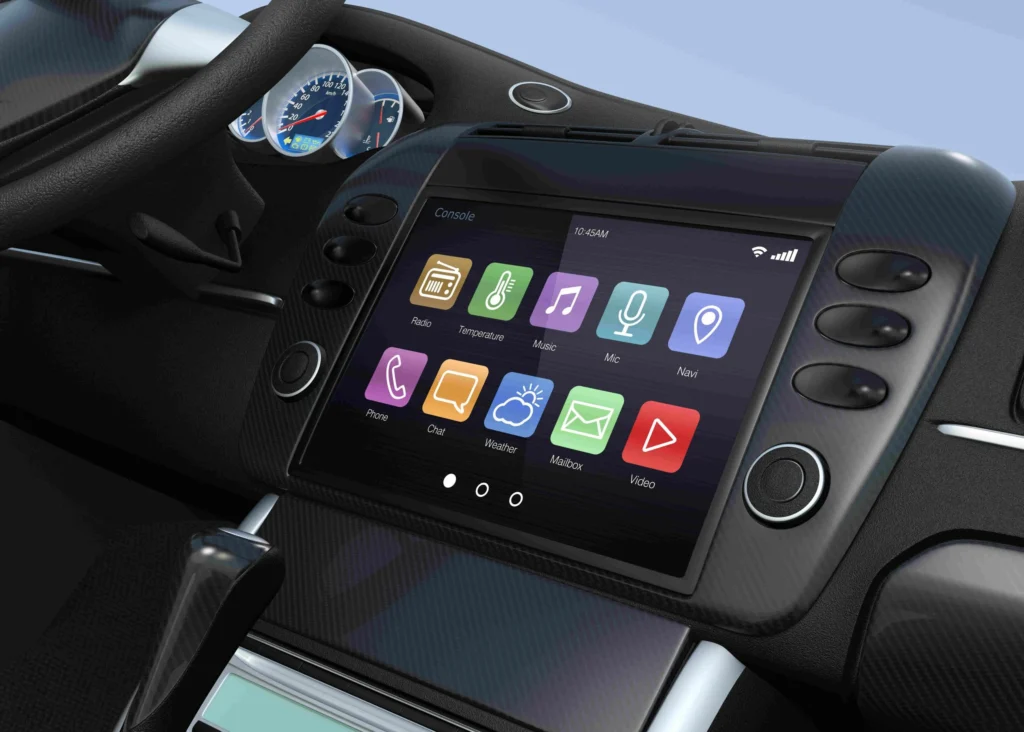
By combining a large, well-organized touchscreen with joystick and voice controls, the system significantly reduces driver distraction. The ability to operate key functions without looking away from the road or fumbling with physical buttons enhances safety.
Google Assistant’s voice recognition is designed to understand natural language and respond promptly, further enabling hands-free operation.
Integration with Google allows for a highly personalized experience. The system can sync with the driver’s Google account, accessing calendar appointments, reminders, and preferred settings. This personalization helps anticipate driver needs, such as suggesting departure times based on traffic or reminding about upcoming events.
Moreover, smart home integration enables drivers to control compatible devices remotely, such as adjusting home thermostats or checking security cameras, directly from the car.
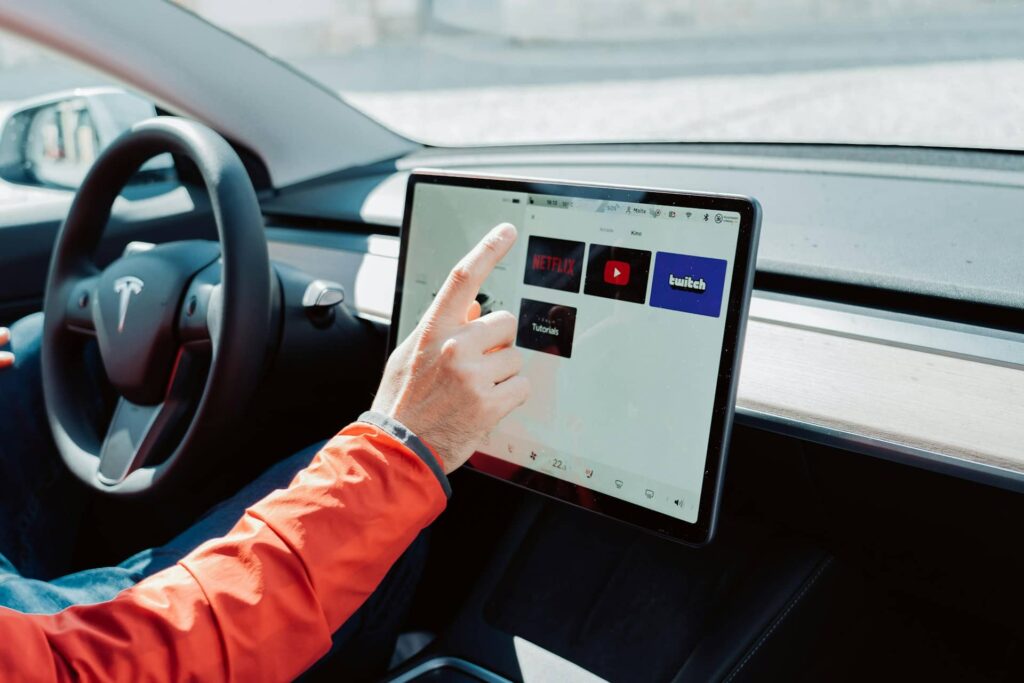
The expansive screen and rich app ecosystem provide a robust entertainment platform. Passengers can enjoy streaming music, videos, and podcasts with high-quality audio and visuals. The system supports multi-user profiles, allowing customization for different drivers and passengers.
Automakers face increasing pressure to offer vehicles that stand out not only in performance and design but also in technology. Integrating Google’s ecosystem and innovative hardware like the L-shaped touchscreen provides a competitive edge, appealing to tech-savvy consumers.
Leveraging Google’s platform reduces the need for automakers to develop proprietary infotainment systems from scratch. This partnership accelerates time-to-market and allows manufacturers to focus on hardware integration and user experience refinement.
The modular design of the system allows automakers to scale the technology across different vehicle models and trim levels. Customization options enable tailored user interfaces and feature sets that suit various markets and customer segments.
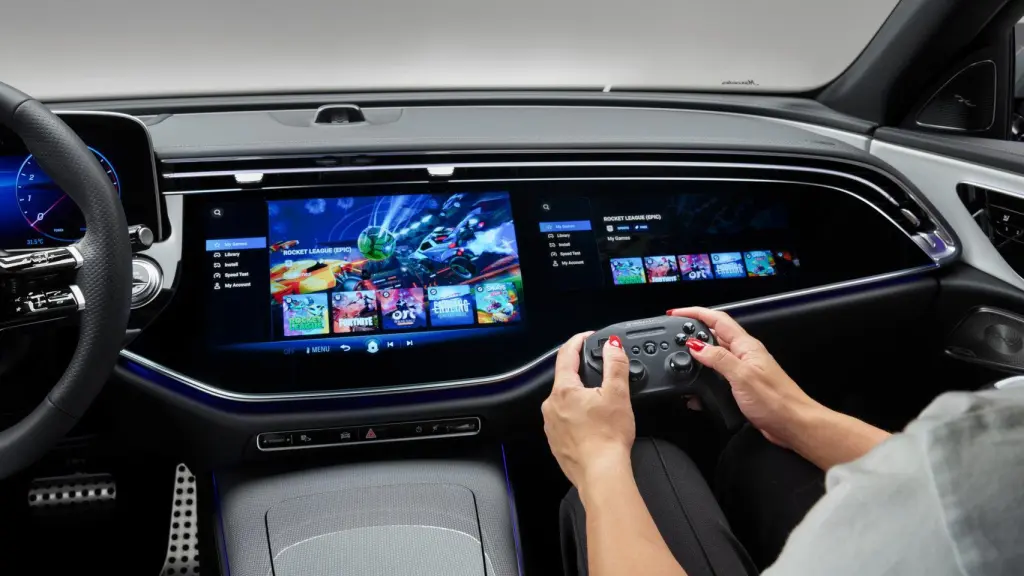
With increased connectivity and data sharing, privacy concerns are paramount. Google and automakers must implement robust encryption, secure data storage, and transparent privacy policies to protect user information.
Users should have control over what data is collected and how it is used, with options to opt out of certain services or data sharing.
While the technology promises enhanced convenience, some users-especially those less familiar with digital interfaces-may face a learning curve. Providing comprehensive tutorials, intuitive design, and responsive customer support is essential to facilitate adoption.
Accessibility features, such as voice control, adjustable font sizes, and high-contrast displays, should be included to accommodate users with disabilities.
The system’s reliance on cloud services means that connectivity issues could impact functionality. Automakers need to ensure offline capabilities for critical functions like navigation and media playback to maintain usability in areas with poor network coverage.
As autonomous driving technologies mature, infotainment systems like this 24-inch L-shaped display will play a central role in the in-car experience. Passengers may use the screen for work, entertainment, or communication while the vehicle drives itself.
The integration with Google’s AI and cloud services could enable predictive features, such as automatically adjusting routes based on passenger preferences or vehicle status.
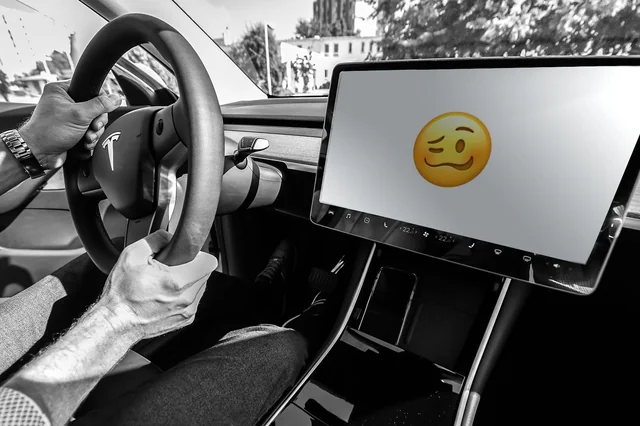
Future updates may deepen integration with other smart ecosystems beyond Google, including smart city infrastructure, vehicle-to-vehicle communication, and personalized health monitoring.
This expansion will create a holistic, connected environment that enhances safety, convenience, and sustainability.
The introduction of the 24-inch L-shaped touchscreen with integrated Google services and joystick control marks a significant milestone in automotive technology. It exemplifies how digital innovation can transform the driving experience by delivering enhanced connectivity, safety, and personalization.
For drivers, this technology offers a seamless, intuitive interface that reduces distraction and enriches the journey. For automakers, it provides a valuable tool to differentiate their products and accelerate innovation.
While challenges such as privacy, user adaptation, and connectivity remain, the benefits far outweigh these concerns, especially as continuous updates and improvements refine the system.
As the automotive landscape evolves, embracing such advanced infotainment solutions will be key to meeting the expectations of modern consumers and shaping the future of mobility.
Leave a comment